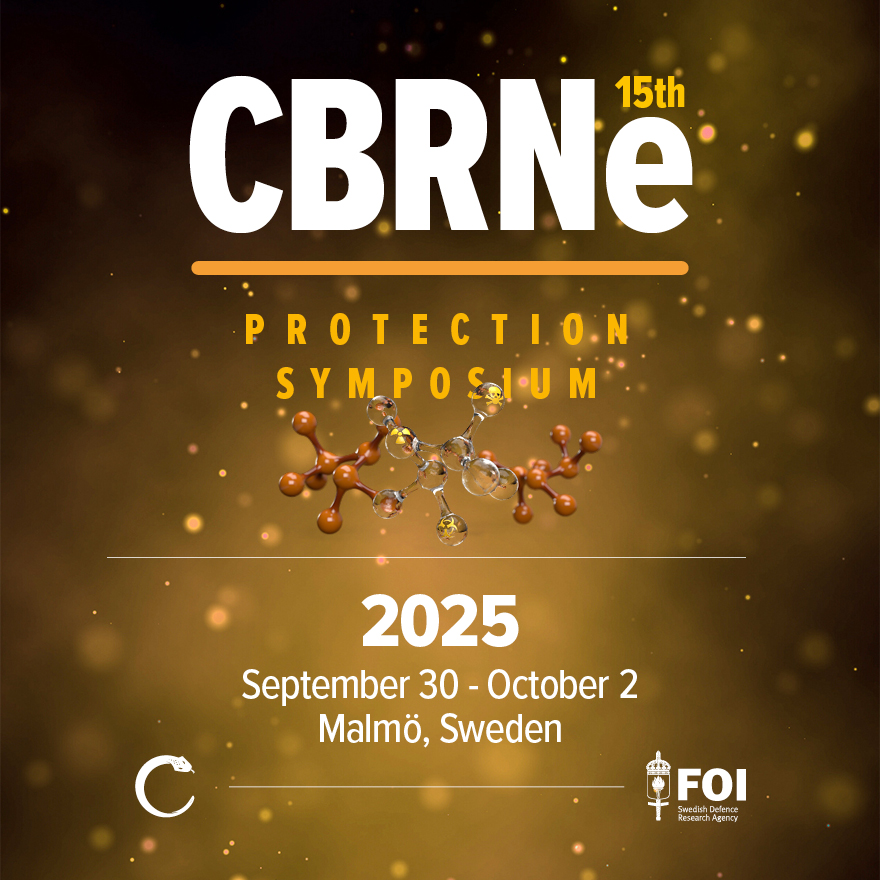By Patrick Norén
The Organisation for the Prohibition of Chemical Weapons (OPCW) has for a second time confirmed that riot control agents have been used against Ukrainian positions during the Russia-Ukraine War.
In a report published on February 14, the OPCW confirmed that 2-Chlorobenzylidenemalononitrile, known as CS, was used along confrontation lines in the Dnipropetrovsk region of southern Ukraine. The three incidents that Ukraine alleges involved the use of riot control agents took place on October 2 near the village of Mariinka, and on October 12 and 14 near the village of Illinka.
A statement released by the OPCW says that experts from the Technical Secretariat visited Ukraine upon their request to investigate the alleged incidents. During their two missions to Ukraine, the experts “collected documentation and digital files, testimonies from first-hand witnesses, and received nine environmental samples collected by Ukraine”. These included grenade shells, soil samples, and vegetation samples collected from locations along the confrontation lines with the “opposing troops”.
The samples were subject to independent analyses at laboratories selected by the OPCW Director-General, Fernando Arias. The OPCW experts deployed to Ukraine on their Technical Assistance Visit confirmed that the chain of custody of the samples had been maintained.
Both analyses were conducted independently of each other at separate OPCW designated laboratories, and they confirmed that all grenade samples “contained the riot control agent CS, CS-related compounds and/or their degradation products”, and that “the soil and vegetation samples collected from the locations where the grenades were initially found lying on the ground also contained CS and/or its degradation products.”
Second Confirmation of Riot Control Agent Use
The report released in February 2025 is the second confirmation from the OPCW that riot control agents have been used against Ukrainian positions during the Russia-Ukraine war. The first report came in November 2024, only days before the 29th Conference of States Parties to the Chemical Weapons Convention.
The Permanent Representation of Ukraine to the OPCW has requested that the full report be declassified, shared with all States Parties to the Chemical Weapons Convention, and published on the OPCW website.
The use of riot control agents as a method of warfare is forbidden under Article I of the Chemical Weapons Convention, to which both Russia and Ukraine are States Parties. Following the issue of the report, the OPCW Director-General said that this second confirmed instance of the use of riot control agents along confrontation lines in Ukraine further underscored the urgency of maintaining and enforcing the principles of the Chemical Weapons Convention, and that “it is essential to uphold the global norm against chemical weapons and maintain this fundamental prohibition.”
Russia Not Named
As was the case with the first report, Russia is not named as the one responsible for using of riot control agents against Ukrainian positions. However, although all fingers point to the Kremlin.
On the day of the report’s publication, the Ukrainian Foreign Ministry said it had recorded 6,129 instances of Russian use of munitions containing hazardous chemicals since February 2023, and Colonel Artem Vlasiuk of the Ukrainian Armed Forces said in December that as many as 2,000 Ukrainian soldiers had been hospitalized with chemical poisoning, and three had died.
Despite Russian denials and whataboutism – a tried-and-tested disinformation tactic where Russia will accuse adversaries of committing the same crimes they themselves are committing in an attempt to muddy the waters of the information space – ample evidence of Russia’s use of riot control agents against Ukrainian forces has emerged. This has included Ukrainian forces finding remnants of riot control agent grenades bearing Russian markings.
The former Commanding Officer of the U.K.’s Joint Chemical, Biological, Radiological and Nuclear Regiment, Hamish de Bretton-Gordon, has said that “Russian forces are using chemical weapons on an industrial scale”, estimating that as many as 30% of Ukrainian soldiers have come under chemical attack.
Patrick Norén is the Editor of CBNW Magazine.





